Project Performance Secrets – Managing Underperforming Personnel
In Project Performance Secrets – Managing Underperforming Personnel, you'll learn ...
- To analyze typical project work processes for opportunities of process improvement
- Why a different approach to a situation is required for a different outcome
- To identify the difference between being productive and busy
- To express performance expectations in terms guaranteed to result in productive outcomes
Overview
This course is designed for new, "seasoned" or potential project managers who are willing to consider a fresh way of looking at project execution in a search for improving performance. This course can help them avoid many traditional problems that impact a project's performance while learning tips on decreasing the time-to-productivity time gap of new team members.
The course offers a comprehensive and pragmatic approach to improving project performance, focusing on uncovering and addressing subtle, cumulative performance issues that can derail even the most well-planned projects. The central thesis is that experience, while valuable, can sometimes be a barrier to innovation if it leads to reliance on outdated methods. Instead, the course encourages project managers (PMs) to challenge assumptions, adopt new perspectives, and implement structured, proactive strategies.
One of the key concepts introduced is the “Project Emergency Kit,” a proactive tool created by gathering key insights and process evaluations from department leaders before the project begins. This kit serves as a reference for early detection of issues, onboarding new team members, and ensuring continuity in leadership transitions.
The heart of the course lies in eight “Project Performance Secrets.” These guide PMs to identify job functions that may signal trouble, define performance indicators, establish "trip wires" for timely intervention, and implement remedies without causing further disruption. A diagnostic flowchart is included to help isolate root causes of performance issues, many of which are within the PM's control. This structured problem-solving process promotes a data-driven, non-punitive approach to performance management.
The course also emphasizes the importance of differentiating between “being busy” and “being productive.” Productivity is defined through a triad of quality, quantity, and timeliness. PMs are encouraged to analyze workflows to identify inefficiencies before deciding to add staff.
When additional staffing is necessary, the course provides an in-depth guide on hiring competent help. It outlines a structured interview process focused not only on technical qualifications but also on critical behavioral traits like multitasking, teamwork, and adaptability. Tools for developing relevant interview questions, evaluating candidates objectively, and avoiding legal pitfalls are included.
Furthermore, the course explores team integration strategies, including mentoring systems, working style assessments, and the creation of a “Project Who’s Who” to accelerate assimilation and enhance communication. It highlights the value of aligning individual working styles with team dynamics to reduce friction and improve collaboration.
Overall, the course aims to equip project managers with actionable insights, diagnostic tools, and management strategies that empower them to anticipate and address performance issues early, boost team productivity, and ultimately deliver more successful projects—even when past experience might tempt them to do things “the old way.”
Specific Knowledge or Skill Obtained
This course teaches the following specific knowledge and skills:
- To analyze typical project work processes for opportunities of process improvement
- Why a different approach to a situation is required for a different outcome
- To identify the difference between being productive and busy
- To express performance expectations in terms guaranteed to result in productive outcomes
- To identify opportunities within existing work flows a potential trip wires to stimulate action
- To explain the benefit of a "Project Emergency Kit"
- To list elements for inclusion in that Emergency Kit
- To reduce the typical time to productivity of a new project team member
- How to lead function leaders within a project in analysis of their work flows for potential problems or delays
- How to determine whether work flow problems are single events or a dangerous trend
- How to determine if the project workload is too much for the existing staff or whether they are underproductive
- How to help talent recruiters find the additional help a project may need
- How do identify specific behavioral requirements for the job that are not part of the position's technical skills requirement
- How to analyze team member performance issues to isolate the root cause of the problem
- How to make sure efforts at solving performance problems to not act as de-motivators for project team members
- How to determine whether team members are getting appropriate performance feedback
- When to train, retrain, or terminate team members whose performance is not meeting requirements
- How to define a project's job description more specifically
- What kind of term to avoid when interviewing project team applicants
- What clues to look for in a team applicant's resume that should set off warning alarms
- To develop a strategy to speed a new team member's assimilation into the project
- To create a project Who's Who database to improve project internal communication and speed new member assimilation
- What to look for in the selection of a mentor for a new member on the project
- How to use the concept of Working Styles to enhance team performance and member interaction
Certificate of Completion
You will be able to immediately print a certificate of completion after passing a multiple-choice quiz consisting of 25 questions. CPD credits are not awarded until the course is completed and quiz is passed.





